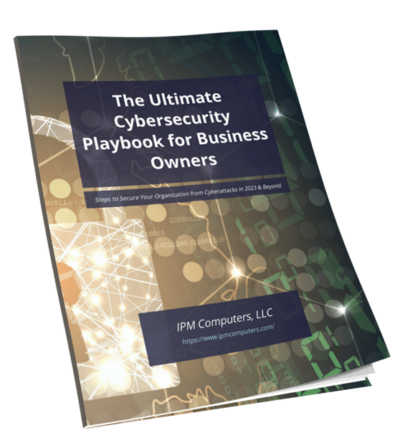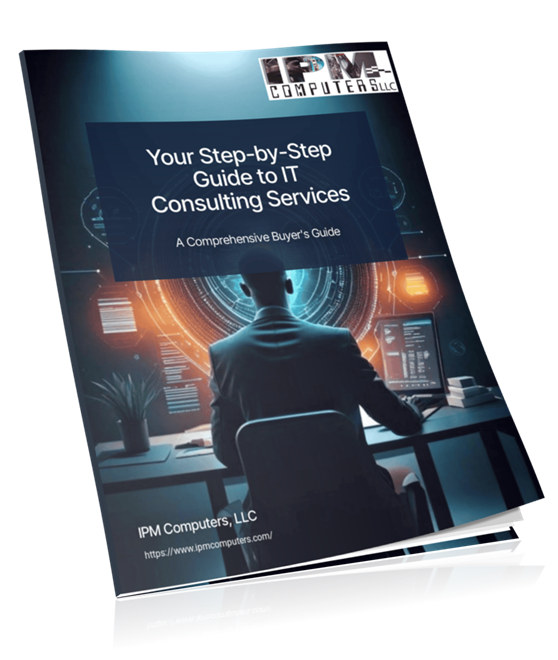Cost-saving in IT management is becoming increasingly relevant for businesses. You face the decision between Managed Services vs DIY IT Costs, each with distinct implications for your organization.
- Managed Services: Outsourcing your IT needs to specialized providers.
- DIY IT: Handling IT tasks in-house with limited resources.
We’ll explore why managed services offer a more cost-effective solution, detailing the benefits and hidden costs associated with each approach.
Understanding these differences can help you make informed decisions that enhance operational efficiency and security while reducing expenses.
What is DIY IT Management
DIY IT management refers to the practice of handling all information technology-related tasks internally. Businesses that adopt this approach typically rely on existing staff to manage everything from hardware installations to software updates and cybersecurity measures.
Common Challenges
Organizations using DIY IT often encounter several hurdles, including:
- Overworked Teams: Staff members frequently juggle multiple responsibilities, leading to burnout and decreased productivity.
- High Turnover Rates: The demanding nature of in-house IT management can contribute to employee dissatisfaction, resulting in costly recruitment and training cycles.
Hidden Costs
While managing IT in-house may seem cost-effective at first glance, several hidden costs can quickly add up:
- Downtime: Any technical failure can lead to downtime, hampering operations and affecting revenue.
- Security Risks: Inexperienced teams may overlook critical security protocols, exposing businesses to potential data breaches and compliance issues.
DIY IT might appear feasible initially, yet the associated challenges and hidden costs can undermine its effectiveness. As you consider your options for IT management, these factors become vital for making informed decisions.
Why Your Business Needs a Managed Service Provider
Having a reliable IT system is a necessity. That’s where Managed Service Providers (MSPs) come in. These experts offer a wide range of IT solutions to help businesses run smoothly and efficiently.
Save Money with MSPs
One of the biggest advantages of working with an MSP is the potential for cost savings. Here’s how:
- Predictable Expenses: Instead of dealing with fluctuating costs from hiring and training staff, you’ll have a fixed monthly fee for your MSP services.
- Reduced Labor Costs: With an MSP, you can avoid the expenses associated with finding and keeping IT employees, especially during times when there’s a shortage of skilled workers.
- Less Downtime: MSPs use proactive monitoring to identify and fix problems before they become major issues, saving you money on lost productivity.
Access Top-Notch Tools without Breaking the Bank
Another benefit of partnering with an MSP is gaining access to advanced technology without having to spend a fortune upfront. Here’s what you can expect:
- Industry-leading security measures to protect your data.
- Reliable backup and recovery solutions to ensure business continuity.
- Ongoing training for your staff to keep them updated on best practices.
Financial Implications of Cybersecurity Risks
The landscape of cybersecurity threats is evolving rapidly, resulting in significant financial implications for businesses. Data breaches and cyberattacks have surged, with a reported 75% increase in attacks in Q3 2024, averaging 1,876 incidents per company. Such statistics highlight the urgent need for effective security measures.
Financial Impact
The costs associated with a data breach can be staggering. Companies may incur expenses related to:
- Incident response: Emergency consultation fees, forensic analysis charges, and data recovery costs.
- Downtime: Loss of productivity during recovery periods can lead to lost revenue.
- Reputation damage: Long-term impacts on customer trust and brand loyalty.
Comparing Costs: DIY IT vs. Managed Services
In comparing DIY IT management to managed services, the differences become clear.
DIY IT Costs
- Often lacks the resources necessary for proactive threat detection and incident response.
- Teams may be overworked, leading to delayed responses to security incidents.
Managed Services Costs
- Proactive monitoring minimizes potential threats before they escalate.
- Predictable monthly expenses help organizations budget effectively without unexpected financial burdens from crises.
Total Cost Analysis
When evaluating the total costbetween MSPs and DIY IT, several key factors come into play:
1. Labor Costs
- DIY IT often requires a dedicated team, leading to increased salaries, benefits, and training expenses.
- MSPs provide access to an entire IT team for a predictable monthly fee, reducing hiring costs.
2. Downtime Expenses
- In-house teams struggle with unexpected downtime due to inadequate resources and reactive approaches. This can result in lost revenue and productivity.
- MSPs offer proactive monitoring and maintenance, minimizing downtime and enhancing operational efficiency.
3. Hiring Expenses
- The high demand for skilled IT professionals means businesses face escalating hiring costs. Finding talent with the right expertise can lead to delays and project overruns.
- Outsourcing eliminates these challenges, allowing businesses to scale support without the burden of recruiting.
Long-term savings through outsourcing become evident as businesses avoid hidden expenses associated with DIY IT management. Costs related to unplanned downtime, security breaches, and inadequate staff training add up quickly.
Enhancing Efficiency Through Proactive Support and Future-Proofing Your Business
MSPs offer distinct advantages that enhance operational efficiency and support business growth. The benefits of engaging an MSP include:
- Dedicated Strategy and Consulting: A specialized team works continuously on your IT strategy, aligning with your business objectives. This focus allows for tailored solutions that adapt to your changing needs.
- Scalable Support: MSPs provide scalable IT support that grows with your business. As demands fluctuate, you can easily adjust the level of service without the complexities associated with hiring or training new staff.
- Regular Maintenance and Monitoring: Continuous oversight helps identify issues before they escalate into significant problems. This proactive approach minimizes downtime, keeping your operations running smoothly.
- Cloud Integration: Incorporating cloud services into your infrastructure boosts flexibility and accessibility. MSPs facilitate this transition, allowing you to leverage advanced technologies without hefty investments.
- Automation Benefits: Automating routine tasks leads to substantial cost savings. By streamlining processes, resources can be allocated more effectively, enhancing productivity across the board.
Making the Proactive IT Choice for Your Business
Evaluate your current IT strategies for cost-effectiveness. Consider these key points:
- Assess Current Operations: Identify inefficiencies and hidden costs associated with DIY IT.
- Invest in Reliable Solutions: Choose scalable, managed services that provide long-term benefits.
- Focus on Growth: Outsourcing IT services allows you to concentrate on core business functions.
Embracing managed services positions your business for success. The benefits of outsourcing IT services extend beyond cost savings, enhancing operational efficiency and security. Prioritize proactive strategies to keep your business competitive.
Frequently Asked Questions About Managed IT
What are the hidden costs associated with DIY IT management?
DIY IT management often comes with hidden costs such as downtime, security risks, and the expenses related to hiring and training staff. These factors can increase overall operational costs, making DIY IT less cost-effective in the long run.
How do Managed Service Providers (MSPs) save businesses money?
Managed Service Providers offer cost-effective IT solutions by providing access to enterprise-grade tools and expertise without the need for upfront investments. Outsourcing IT functions to MSPs can lead to significant savings compared to traditional in-house management due to reduced labor costs and minimized downtime.
What financial implications do cybersecurity risks have for businesses using DIY IT?
Businesses managing their own IT face rising cybersecurity threats that can lead to costly data breaches. The financial impact of incident response can be substantial when handled internally, often exceeding the costs of utilizing managed services that specialize in cybersecurity.
How does total cost analysis compare managed services to DIY IT?
A total cost analysis reveals a detailed breakdown of expenses associated with both managed services and DIY IT. While DIY may seem cheaper initially, long-term savings through outsourcing often outweigh hidden costs like labor, downtime, and hiring expenses.
What are the benefits of having a dedicated team through managed services?
Having a dedicated team via managed services provides ongoing strategy consulting, scalable support tailored to business growth needs, and regular maintenance. This proactive approach minimizes downtime and enhances overall efficiency for your business.
Why should businesses consider integrating cloud services with managed IT solutions?
Integrating cloud services into your business model through managed IT solutions allows for greater flexibility, scalability, and cost savings. Cloud services facilitate automation and efficient resource management, which can future-proof your business against evolving technology demands.






